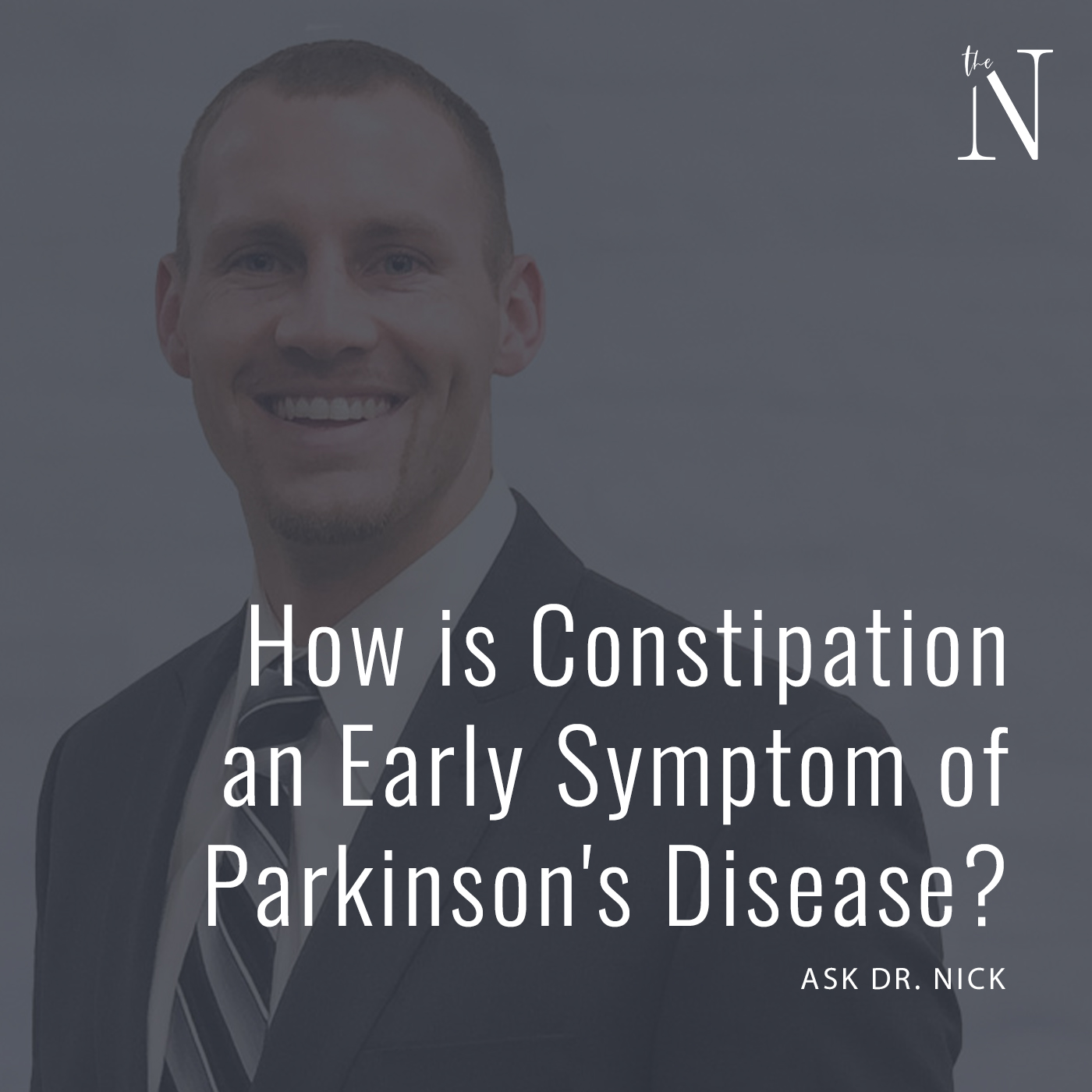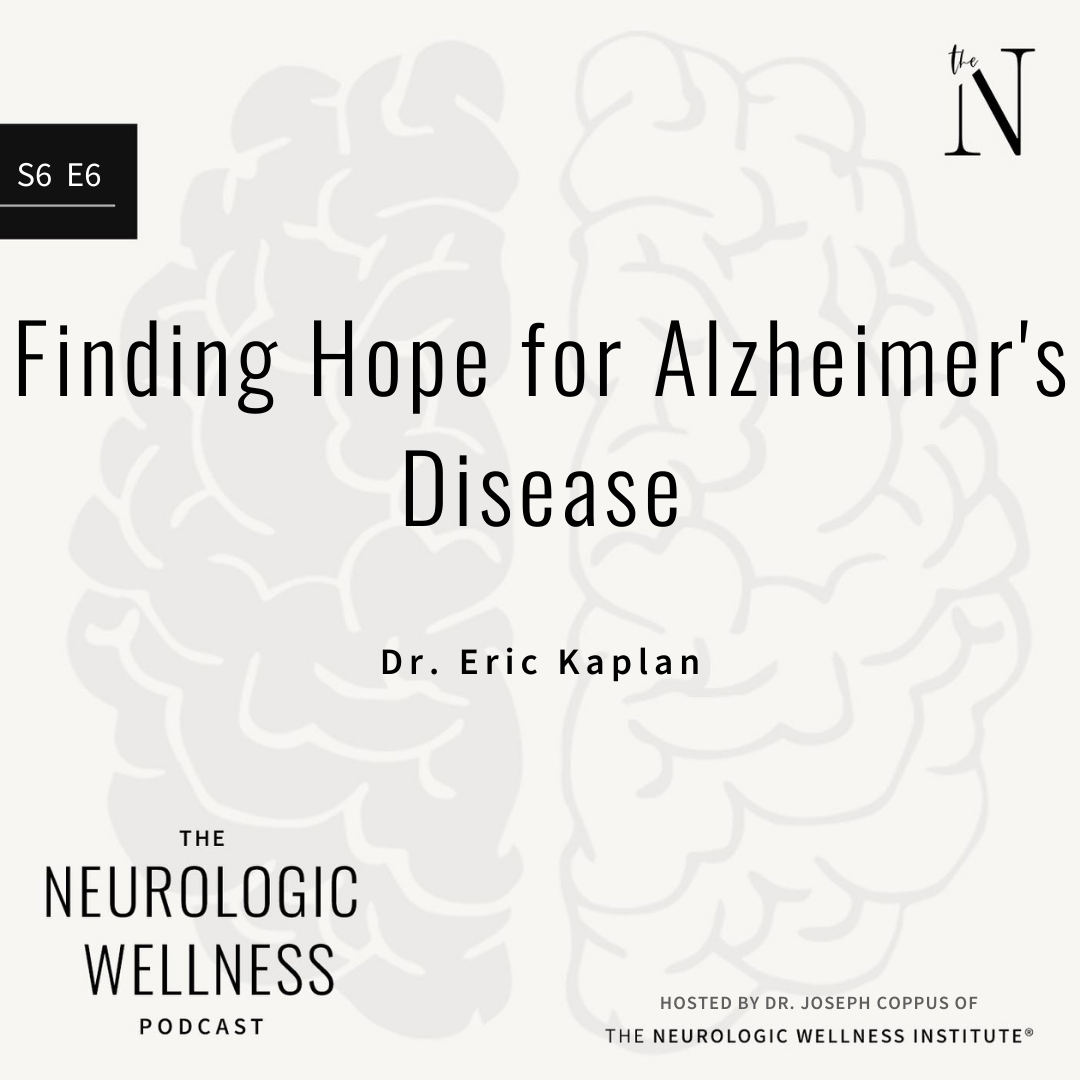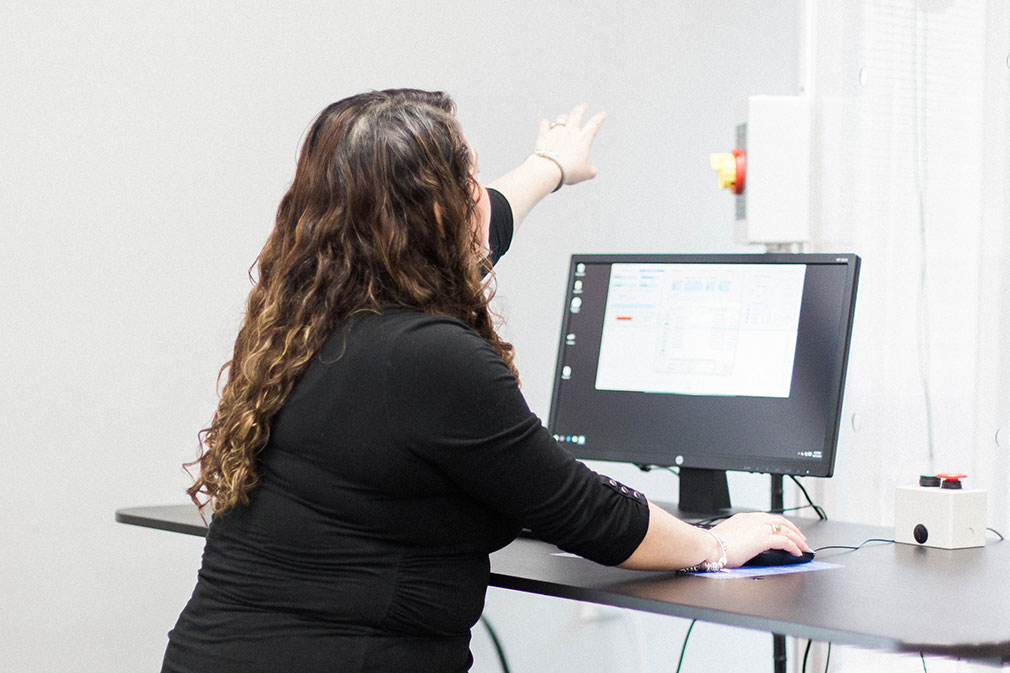Ask Dr. Nick
On today’s episode, Dr. Nick talks about virtual reality treatment and how it can benefit multiple patients. Virtual reality is growing much interest in the field of clinical neuroscience due to its diverse applications in neurorehabilitation. This therapy allows patients to be immersed in a virtual environment with controlled auditory, visual, and proprioceptive stimuli. In real life, these stimuli contribute to our sense of embodiment or feeling that we have a body. Sometimes, uncontrolled stimuli result in symptoms of anxiety, fear, or even chronic pain. Adjusting this stimulation can help patients recover faster by pairing other therapies in a real-world setting. At the same time, virtual reality allows for completely switching sensations of body parts to help patients recover from a stroke or pain syndromes. In total, virtual reality has been shown to improve outcomes in chronic pain, anxiety, phobias, PTSD, social anxiety, addiction, memory, and traumatic brain injury. Check out the video for more in-depth information on the benefits of virtual reality treatment for neurorehabilitation!
References:
1. Matamala-Gomez M, Donegan T, Bottiroli S, Sandrini G, Sanchez-Vives MV, Tassorelli C. Immersive Virtual Reality and Virtual Embodiment for Pain Relief. Front Hum Neurosci. 2019;13:279.
2. Maples-Keller JL, Bunnell BE, Kim SJ, Rothbaum BO. The Use of Virtual Reality Technology in the Treatment of Anxiety and Other Psychiatric Disorders. Harv Rev Psychiatry. 2017;25(3):103-113.
3. Yip BC, Man DW. Virtual reality-based prospective memory training program for people with acquired brain injury. NeuroRehabilitation. 2013;32(1):103-115.




